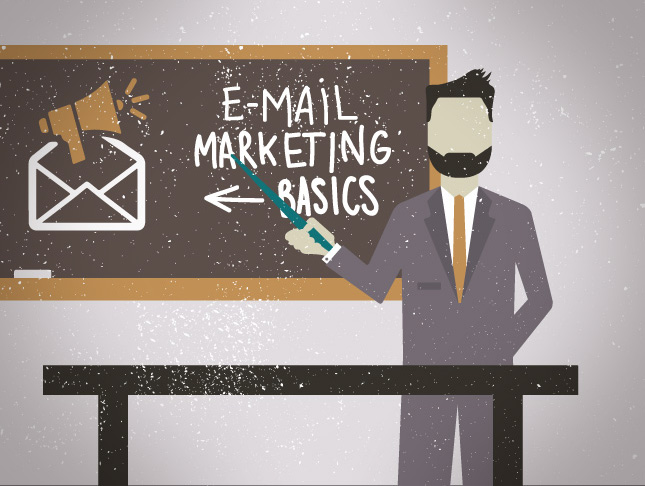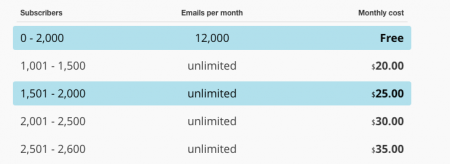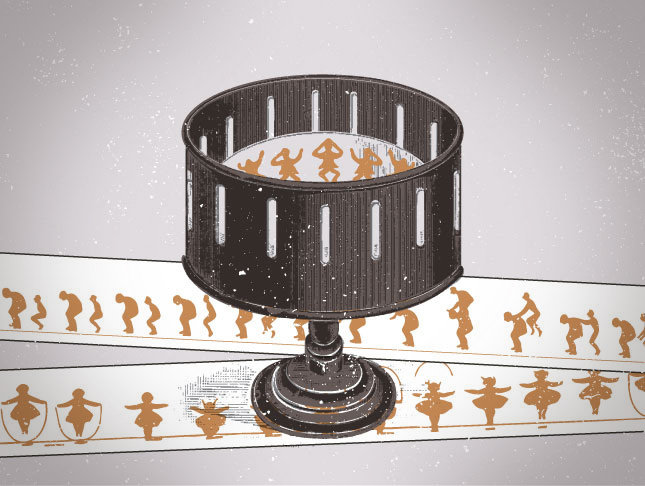Going Back to Email Marketing Basics
Marketing from the Bottom Up
Email blasts are best when you actually care about your customers. We know you’re probably thinking “but we do care about our customers.” And, duh! We know you do, but do they know that? How do you treat them when you send them an email marketing campaign? Are you following the rules so you don’t make people angry? Are you making sure your customers know it’s you writing to them? Do they know what you think about them and what you want them to do?
Email marketing research is completely freaking flooded with a lot of rules and a lot of ways to do things, and we think that’s all pretty cool, except a lot of it is silly. We think the main things you need to know are to treat customers with respect and do the right thing.
Keep ‘Em Safe
The first step in your email marketing campaigns is going to be about keeping your customers safe. We know you’re not shielding them from the harsh realities of the world or promising safety forever, but you want to make sure they actually signed up to hear from you.
Otherwise, it’s like going to a party uninvited and asking the host 10 times if she wants to purchase your shiny new shoes right off your feet. She probably doesn’t, and she’ll likely kick you out and never invite you back.
Email marketing isn’t about screaming louder until your customers choose you. It’s about saying what you have to say in a way that your customers want to hear. The first rule is the rule of not being rude. It means that you don’t send marketing emails to non-subscribers. Obviously. It’s not only a good thing, it’s also illegal to refuse.
Like everything good in life, you need to get consent before you send out emails, so make sure you’re practicing safe email collection.
Collect Emails Safely
You don’t have to buy lists or send emails to your mom’s reunion committee to have followers. You just have to make it easy for people to sign up to hear from you. And honestly, people may actually want to hear from you– especially if you give out coupons or deals.
- Encourage customers to share your newsletters with friends
- Place a physical sign-up sheet in your office or store
- Guest blog
- Create a downloadable product
- Add scannable QR codes to your physical products
- Include a sign-up form on social media
Boom. Cool. Once you have this list, you’re awesome! You can send them all emails all of the time for the rest of their lives and they’ll never have a chance to get out of it…
Just kidding, you should actually send out a welcome email where you remind them who you are, why you’re emailing them, and you should always give them a chance to get away. Again, if you think about it like a party, you’ll be safe. You’d never corner someone and convince them to talk to you for hours so don’t do it over email. It’s just rude. And kinda creepy.
Manage Subscribers with Trusted Programs
Keep cool and use cool programs. That’s a motto we heard once. And we thought it was weird, but we kinda liked it. Do that. You don’t have to take lessons on email programs or anything, and we don’t expect you to, but there are some cool programs that will help you track your emails a bit better.
MailChimp
MailChimp has easy-to-use features that will help you send better emails.
Why We Like MailChimp
- Trusted company: Founded in 2001
- Easy template creation process
- Intuitive subscriber management tool
- Detailed analytics data
Campaign Monitor
Like MailChimp, Campaign Monitor has a drag-and-drop process so you can create beautiful emails even if you still type with one hand on a flip phone (we see ya…)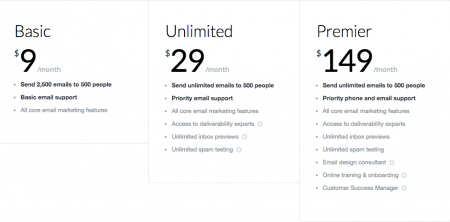
Why We Like Campaign Monitor
- Manage multiple campaigns with one interface
- Track data easily
- Great customer support
ActiveCampaign
Like the other programs, ActiveCampaign is great for email marketing campaigns, but we’re especially excited about the ability to separate lists based on interest and location. ActiveCampaign also integrates pretty seamlessly with your email, so you can track customer engagement, follow up with customers, and manage your campaigns directly from your email.
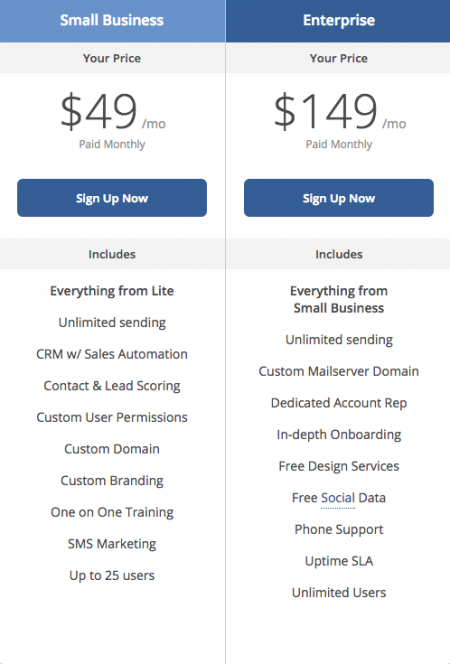
Why We Like ActiveCampaign
- Easy A/B testing
- Site traffic analytics
- SMS marketing
- Easy contact marketing features
Converting Lists to an Email Program
Once you have a list, you’re on your way to generating compelling (and legal) email marketing campaigns. Good for you! But there’s a few more things you need to do to stay legal.
Compliance Matters
People were so annoyed with unsolicited emails that a whole act had to come out of it. Enter the CAN-SPAM act of 2003. You can read up on the CAN-SPAM act yourself, or you can check out some of the most important parts of it here:
Craft a Relevant Headline
Your headline must be relevant to what’s in the email. If you’re selling something for 10% regular retail price, don’t claim that customers can find 50% off coupons inside your email. It’s not only rude, it’s also a bold-face lie! Oh, and it’s illegal.
Make Opt-Out Easy
Don’t make customers wait two weeks to be removed from an email list. Don’t hide an unsubscribe button. And don’t make it difficult for people to stop receiving messages. It might seem counterintuitive to remove people from your email list, but isn’t it better to talk to people who actually want to hear from you?
Remember: to collect email addresses properly, you need affirmative consent (How to Collect Your Email Marketing Addresses). You want to make sure you have explicit permission to send emails out.
Watch 3rd Party Providers
Just because you chose another company to handle your emails doesn’t mean you’re in the clear. According to the CAN-SPAM act, “even if you hire another company to handle your email marketing, you can’t contract away your legal responsibility to comply with the law. Both the company whose product is promoted in the message and the company that actually sends the message may be held legally responsible.”
Don’t Collect Unsafe Emails
We’re just gonna throw this out there: you probably shouldn’t collect email lists. Some of them are perfectly legal, but a lot of them are not. If emails come to you in Excel files or Word documents, they’re probably being bought and sold a lot, which means that not only are you engaging in unsafe business practices, but the people you email will probably hate every single one of your emails already.
Send a Welcome Email
When someone subscribes to your email list, you should send an automated email thanking them for signing up and reminding them what you offer. Let them know how often you’re emailing them and what type of stuff you’re going to send them. This isn’t required, but it sure will be nice.
Feel ready to create your campaign? Stay tuned for Part II, where we’ll explore some more technical details like how often you should send emails, how long your email should be, and what type of tone you should incorporate.
